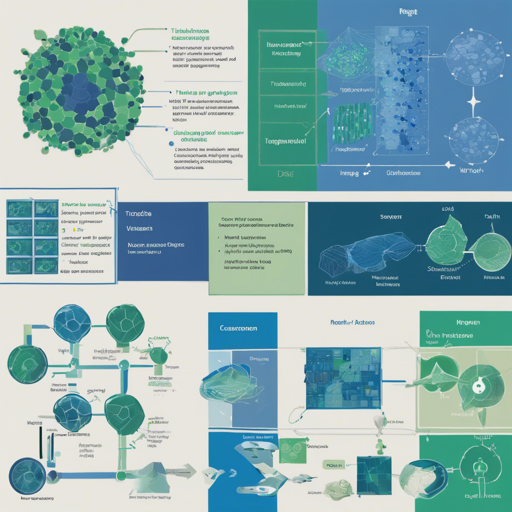Welcome to the world of machine learning and image classification! In this blog post, we’ll explore how to harness the power of the RegNet model, which is designed for efficient image classification tasks. This guide is user-friendly and is meant to take you step-by-step through the process.
What is RegNet?
The RegNet model, trained on the influential ImageNet-1k dataset, is a revolutionary architecture introduced in the paper Designing Network Design Spaces. It facilitates Neural Architecture Search (NAS), optimizing model performance through an iterative process.
Imagine you’re a chef looking to create the perfect recipe. You start with a huge list of ingredients, but as you experiment, you refine your selection to the best combinations. That’s essentially what RegNet does with neural network architectures!
Getting Started with RegNet
To use the RegNet model for your image classification tasks, follow these simple steps:
- Install the necessary libraries:
transformersfor model interactiondatasetsfor sample datasetstorchfor the backend computation- Load your dataset containing the images you want to classify.
- Extract features from the images using the RegNet model.
Code Implementation
The following Python code snippet demonstrates how to implement the RegNet model for image classification:
python
from transformers import AutoFeatureExtractor, RegNetForImageClassification
import torch
from datasets import load_dataset
# Load the dataset
dataset = load_dataset('huggingface/cats-image')
image = dataset['test']['image'][0]
# Load the feature extractor and model
feature_extractor = AutoFeatureExtractor.from_pretrained('zuppif/regnet-y-040')
model = RegNetForImageClassification.from_pretrained('zuppif/regnet-y-040')
# Preprocess the image
inputs = feature_extractor(image, return_tensors='pt')
# Make predictions
with torch.no_grad():
logits = model(**inputs).logits
predicted_label = logits.argmax(-1).item()
print(model.config.id2label[predicted_label])
Understanding the Code
Let’s break down what this code does using our “chef” analogy:
- Import Libraries: Just like gathering your tools before cooking, you import necessary libraries.
- Load Dataset: Think of selecting your fresh ingredients (images) for the recipe.
- Extract Features: Similar to cutting and prepping your ingredients, you prepare the images for the model.
- Make Predictions: Finally, based on your refined recipe, you get your final dish (predicted label).
Troubleshooting Tips
If you encounter any issues while following this guide, here are a few troubleshooting ideas:
- Ensure that all necessary libraries are installed and updated to the latest version.
- Check that your input dataset is correctly formatted and accessible.
- If the model isn’t producing expected results, try using different images or experimenting with other pretrained versions of RegNet available on the model hub.
For more insights, updates, or to collaborate on AI development projects, stay connected with fxis.ai.
Final Thoughts
At fxis.ai, we believe that such advancements are crucial for the future of AI, as they enable more comprehensive and effective solutions. Our team is continually exploring new methodologies to push the envelope in artificial intelligence, ensuring that our clients benefit from the latest technological innovations.

